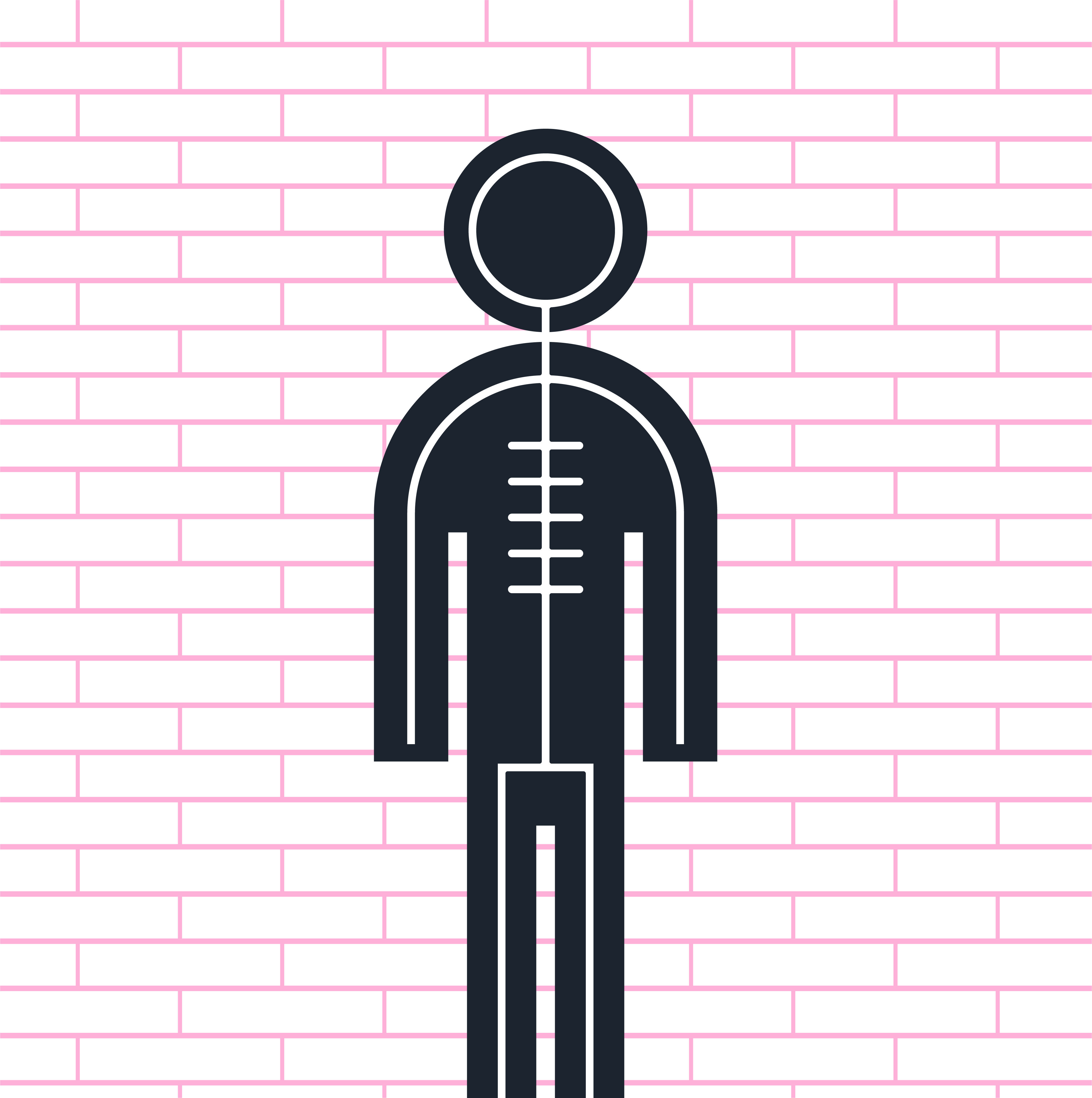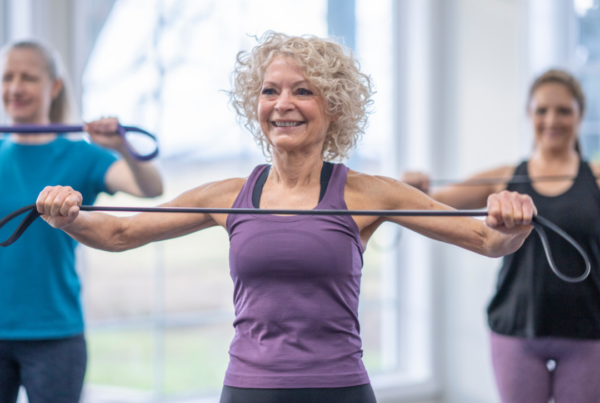Bone density drops quickly in the first 5 years after your last period then stabilises. Osteoporosis, or low bone density, becomes much more common after menopause and contributes to fractures as we get older – a major cause of impaired quality of life.
Following menopause females experience a decline in the strength of their bones. Oestrogen, progesterone and also testosterone are all strongly protective for the development and maintenance of healthy, strong bones.
Your bones undergo a continual process or renewal and it is the shift in the status quo of this process that leads to an increased breakdown of bones which is not rebalanced by bone formation. The loss of bone strength occurs quite quickly over the first five years after menopause (due to the drop in oestrogen and progesterone) and then tapers off. This is also true when you stop taking HRT (or any other bone supporting medication).
Bone loss occurs quickly in the 5 years after your last period then tapers off.
The main role of oestrogen is to facilitate calcium absorption from the gut and inhibit cells that breakdown bone whilst progesterone stimulates cells that create new bone.
‘Osteoporosis’ is a severe loss of bone density. This is measured in a bone density test (a DEXA scan) and defines as a T-score below -2.5. Let’s not worry too much about these numbers, they are statistical predictors of increased fracture risk and help doctors monitor your bone health. A DEXA scan might also pick up that you have ‘osteopenia’ which is a mild loss of bone density.
Osteoporosis itself does not cause any symptoms. It does however put you at greater risk of fracturing bones if you fall or even have a minor incident. The most significant fractures are those that occur in the wrist, hip and spine. Hip fractures have a high fatality rate (1 in 5 women will die in the 12 months following a hip fracture) and in those that do survive there is often disability and loss of independence. Crush fractures of the spine related to osteoporosis can cause pain and forward stooping.
RISK FACTORS FOR OSTEOPOROSIS
-
history of low trauma fractures
-
use of cortisone medication for more than three months
-
history of eating disorders
-
gastrointestinal malabsorption
-
smoking and excess alcohol use
-
family history of osteoporosis
-
low body weight
-
early menopause (under 45 years).
PREVENTING AND TREATING OSTEOPOROSIS
Poor bone health is silent. It is important to do what you can to protect yours. It is also helpful to know where your bone health is as you enter menopause by getting a DEXA scan, as this may influence your decision about taking HRT or not (in Australia, you may have to pay for this privately).
These are the things that help bones-
-
exercise that impacts your bones like skipping (walking is not enough) and builds your muscles like lifting heavy weights
-
diet high in protein, calcium (foods such as dairy, nuts, leafy green vegetables) and vitamin D (made in the skin exposed to sunlight and present in some oily fish or fortified foods) or supplement these bone building blocks
-
HRT (in particular oestrogen) prevents osteoporosis and can treat women with established postmenopausal osteoporosis
- non-HRT medication such as bisphosphonates (eg Fosamax and Actonel), denosumab (Prolia – be careful with this as you experience accelerated bone loss when you stop), teriparatide (Forteo) are all second line choices to HRT
PREVENTING FRACTURES
Osteoporosis only causes you problems when you break your bones or experience crushing or compression of the vertebrae in your spine. You can protect from these consequences of acute fractures by preventing falls. Stay strong and agile, incorporate balance exercises into your routine (try yoga, Zumba or other dancing) and if you are at high risk make sure your home doesn’t contain traps such as tricky height changes and loose rugs.
This information is for general educational purposes only and does not constitute medical advice. Please see your health professional for advice that is personalised to you.
Key Take Aways
Bone density drops quickly in the 5 years after menopause.
Healthy lifestyle is important for bones.
HRT protects bones from osteoporosis.
Check your bone density with a DEXA scan.






